bs0604
TPF Noob!
- Joined
- Nov 28, 2011
- Messages
- 335
- Reaction score
- 27
- Location
- Virginia
- Can others edit my Photos
- Photos OK to edit
I read that in reference to low ISO settings 0.3, 0.7 and 1.0 translate to values of about 160, 125 and 100. What is the relationship between the first set of numbers and the second set?


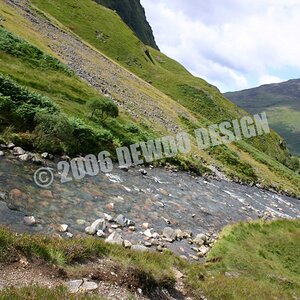
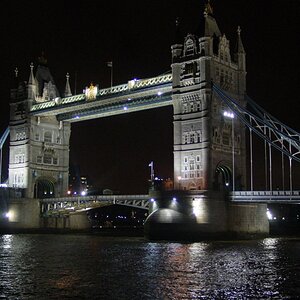
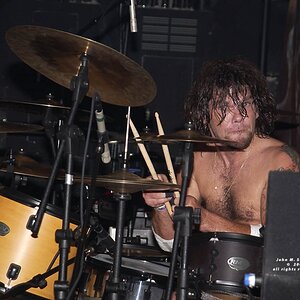

![[No title]](/data/xfmg/thumbnail/33/33356-9cfc19255e84aab13c903f781a99cf9f.jpg?1619735920)


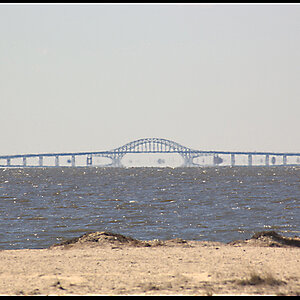
![[No title]](/data/xfmg/thumbnail/36/36643-92fe0dd9e247722bfefe299cd8a549f5.jpg?1619737670)
![[No title]](/data/xfmg/thumbnail/42/42278-22ed940cbdc5888a28d9be36006594dc.jpg?1619740086)
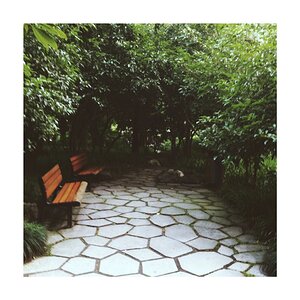
![[No title]](/data/xfmg/thumbnail/42/42277-63576745f84be96df79b94ca0f49e00b.jpg?1619740085)